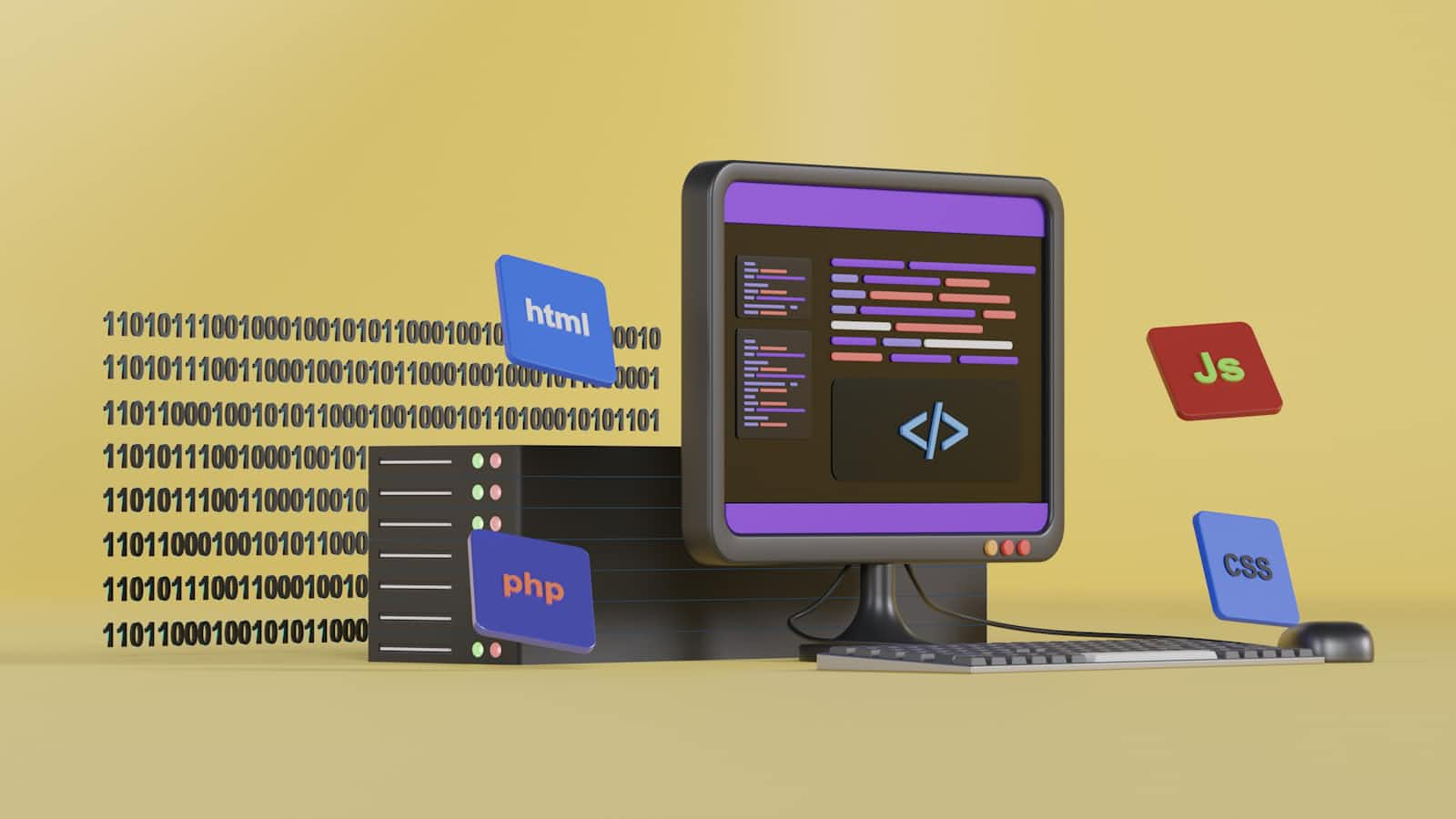JavaScript Through the Years: An Evolution Timeline
 Ajay Singh Panwar
Ajay Singh PanwarTable of contents

JavaScript has come a long way since its inception, evolving from a simple scripting language to a powerful tool that drives modern web development. In this article, we’ll take a journey through the key milestones in JavaScript’s history, showcasing how it became an indispensable part of the web.
The Birth of JavaScript (1995)
In 1995, a developer named Brendan Eich was given a monumental task by Netscape: create a scripting language for their new browser, Netscape Navigator. Eich accomplished this in just 10 days, resulting in the birth of JavaScript. Initially named "LiveScript," this language aimed to add interactivity to web pages, which was quite revolutionary at the time.
ECMAScript 1 (1996)
The first official standard for JavaScript, ECMAScript 1 (ES1), was introduced in 1996. This standard provided a blueprint for JavaScript, ensuring that it would be implemented consistently across different web browsers. This was the foundation upon which future versions of JavaScript would be built.
ECMAScript 3 (1999)
In 1999, ECMAScript 3 (ES3) was released with significant enhancements. This version introduced features like regular expressions, improved string handling, and more robust error handling. These additions greatly enhanced JavaScript’s capabilities and its use in web development.
The Arrival of AJAX and jQuery (2005)
The introduction of AJAX (Asynchronous JavaScript and XML) in 2005 marked a turning point for web applications. AJAX allowed for asynchronous data loading, making web pages more dynamic and responsive. Around the same time, jQuery was introduced, simplifying DOM manipulation and cross-browser compatibility. These innovations played a crucial role in the rise of modern web applications.
Node.js Emerges (2009)
In 2009, Node.js was developed, bringing JavaScript to the server-side for the first time. This allowed developers to use JavaScript for both client-side and server-side programming, paving the way for full-stack JavaScript development. Node.js revolutionized server-side scripting and contributed significantly to JavaScript’s popularity.
ECMAScript 6 (2015)
ECMAScript 6 (ES6), also known as ECMAScript 2015, was a major update that introduced many new features, including classes, modules, and Promises. These additions made JavaScript more powerful and easier to work with, addressing many of the language’s previous limitations.
ECMAScript 8 (2017)
The release of ECMAScript 8 (ES8) in 2017 brought significant improvements, including the introduction of async/await, which simplified asynchronous programming and made code more readable and maintainable.
ECMAScript 9 (2018)
ES9 introduced features like asynchronous generators and the REST/Spread operators, enhancing JavaScript’s functionality and flexibility. These features further streamlined development processes and improved code quality.
ECMAScript 10 (2020)
In 2020, ECMAScript 10 (ES10) added features such as Optional Chaining and the Nullish Coalescing Operator. These additions made handling null and undefined values easier and more intuitive.
ECMAScript 11 (2021)
The ECMAScript 11 (ES11) update introduced new features such as Logical Assignment Operators and WeakRefs. These improvements continued to evolve JavaScript, making it even more powerful and versatile.
Present and Future
Today, JavaScript is more than just a client-side scripting language. It is a crucial part of web development, powering everything from interactive websites to complex web applications and server-side services. With ongoing improvements and a vibrant community, JavaScript’s future looks bright.

Subscribe to my newsletter
Read articles from Ajay Singh Panwar directly inside your inbox. Subscribe to the newsletter, and don't miss out.
Written by

Ajay Singh Panwar
Ajay Singh Panwar
👋 Hey there, I'm Ajay, a passionate React Native developer on a journey to craft immersive mobile experiences. With a blend of creativity and code, I bring ideas to life, specializing in building robust and user-friendly applications for iOS and Android platforms. 🚀 My fascination with React Native stems from its power to bridge the gap between performance and efficiency, enabling me to create dynamic, cross-platform apps that resonate with users. I thrive on exploring new libraries, staying updated with the latest trends, and leveraging innovative solutions to deliver seamless user experiences.
